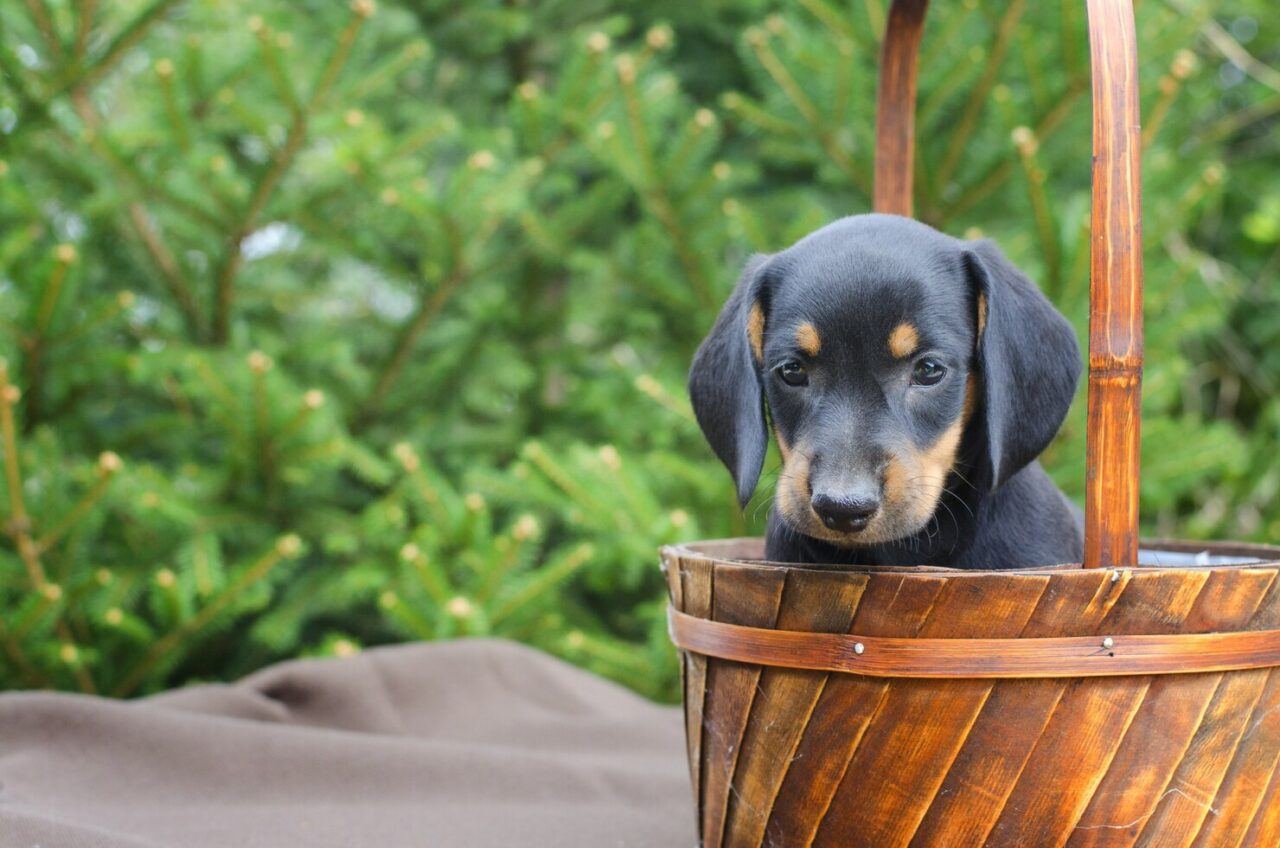Pets, whether they’re energetic puppies, curious kittens, or exotic companions, bring immense joy and love into our lives. However, they can also be a source of mischief and, at times, danger if our homes aren’t adequately pet-proofed. Just as we childproof our homes for the safety of our little ones, it’s essential to pet-proof our living spaces to create a safe and secure environment for our furry, feathered, or scaly friends.
In this comprehensive guide, we’ll explore the steps and precautions needed for effective pet-proofing your home, helping you keep your beloved pets out of harm’s way.
You may also want to know if dogs can eat cheese.
Why Is Pet-Proofing Your Home Necessary?
Pet-proofing is not just about preventing your pets from damaging your belongings; it’s primarily about ensuring their safety and well-being. Here’s why pet-proofing is crucial:
1. Prevent Accidents
Pets are naturally curious and may inadvertently harm themselves or others by exploring hazardous areas or objects.
2. Protect Belongings
Pet-proofing can help preserve your furniture, electrical cords, and personal items from being chewed, scratched, or damaged.

3. Avoid Poisoning
Many common household items and plants are toxic to pets. Pet-proofing helps prevent accidental poisoning.
4. Reduce Stress
A pet-proofed home can reduce your pet’s stress and anxiety, making them feel more secure and comfortable.
5. Maintain a Harmonious Environment
By preventing accidents and damage, pet-proofing can help maintain a harmonious living environment for both you and your pets.
Now, let’s dive into the essential steps and precautions for pet-proofing your home.
Pet-Proofing for Dogs
Dogs are active, curious, and, sometimes, mischievous animals. Pet-proofing for dogs primarily focuses on preventing accidents and keeping them out of trouble.
1. Secure Trash Bins
Dogs are notorious for rummaging through trash cans. Use lidded trash bins and keep them in a cabinet or closet with a childproof latch.
2. Protect Electrical Cords
Chewing on electrical cords can lead to severe injuries or even electrocution. Use cord protectors or hide cords behind furniture.
3. Store Hazardous Chemicals
Keep cleaning products, chemicals, and medications out of reach in locked cabinets or high shelves. Avoid leaving them on the floor or accessible countertops.
4. Block Off Unsafe Areas
Use baby gates to block off areas that are off-limits to your dog, such as the kitchen or rooms with hazards.
5. Secure Cabinets and Drawers
Dogs are skilled at opening cabinets and drawers. Install childproof latches to prevent access to dangerous items.
6. Keep Food Out of Reach
Store human food securely and out of your dog’s reach. Avoid leaving food unattended on countertops or tables.
7. Remove Small Objects
Small objects can be choking hazards. Keep small items like toys, buttons, and coins off the floor and out of your dog’s reach.
8. Watch for Toxic Plants
Some houseplants can be toxic to dogs if ingested. Research and remove any harmful plants from your home.

9. Secure Trash Bins
Ensure trash bins are securely closed and not accessible to your dog. Dispose of harmful items properly.
10. Close Toilet Lids
Toilets can be a source of dirty water and chemicals. Keep toilet lids closed to prevent your dog from drinking or playing in the toilet.
Pet-Proofing for Cats
Cats are agile and inquisitive creatures. Pet-proofing for cats involves creating a safe environment while preserving your furniture and belongings.
1. Provide Scratching Posts
Cats have a natural instinct to scratch. Offer scratching posts and pads to redirect their behavior away from furniture.
2. Safeguard Plants
Cats may chew on plants. Ensure the plants in your home are non-toxic to cats or keep them out of reach.
3. Secure Blind Cords
Cats can become entangled in blind cords. Use cord cleats to secure cords out of your cat’s reach.
4. Lock Away Toxic Items
Store chemicals, cleaning products, and medications in closed cabinets or high shelves where your cat can’t access them.
5. Hide Small Objects
Cats may play with or swallow small objects. Keep small items like rubber bands, paper clips, and hair ties out of reach.
6. Store Fragile Items
Secure fragile or valuable items on shelves or in cabinets to prevent your cat from knocking them over.
7. Block High Ledges
Cats love to climb and explore high spaces. Ensure tall bookshelves and ledges are secure to prevent accidents.
8. Use Baby Gates
Baby gates can help keep certain areas of your home off-limits to your cat, especially if you have a multi-pet household.
9. Keep the Toilet Lid Closed
Some cats are fascinated by toilet water. Prevent accidents by keeping toilet lids closed.
Pet-Proofing for Small Animals
Small animals like rabbits, guinea pigs, hamsters, and birds require specific pet-proofing measures.
1. Secure Cages and Enclosures
Ensure cages and enclosures are escape-proof and offer adequate ventilation.
2. Protect Electrical Cords
Small animals may chew on electrical cords, which can be dangerous. Use cord protectors or keep cords out of reach.
3. Provide Chew Toys
Offer appropriate chew toys to satisfy your small pet’s natural chewing instincts and prevent them from damaging furniture.
4. Childproofing for Rodents
If you have small rodents like hamsters, make sure their cages are securely locked to prevent escapes.
5. Safe Play Areas
If you allow your small pet to have supervised playtime outside of their enclosure, ensure the area is safe and free of hazards.
Pet-Proofing for Birds
Birds are known for their flight capabilities and inquisitive nature. Pet-proofing for birds involves keeping them safe both inside and outside their cages.
1. Safe Cage Accessories
Use safe cage accessories like perches, toys, and food and water dishes designed for birds to prevent accidents or injuries.
2. Avoid Toxic Fumes
Birds are highly sensitive to fumes from cooking, cleaning, and aerosol products. Ensure good ventilation and avoid using these items around your bird.
3. Monitor Ceiling Fans
Keep ceiling fans off or at a low speed when your bird is out of its cage to prevent accidents.
4. Secure Open Doors and Windows
Birds can fly out of open doors and windows. Ensure doors and windows are closed or have protective screens.
5. Remove Hazardous Plants
Certain houseplants can be toxic to birds. Research and remove any harmful plants from your home.
General Pet-Proofing Tips
Some pet-proofing measures apply to all types of pets:
1. Provide Supervision
Supervise your pets, especially when they are in new environments or with new items.
2. Use Pet Gates
Pet gates can help limit your pet’s access to certain areas of your home.
3. Train and Socialize
Proper training and socialization can help prevent undesirable behaviors and accidents.
4. Regularly Inspect Toys and Accessories
Check your pet’s toys, accessories, and enclosures regularly for wear and damage, and replace them as needed.
5. Secure Trash Bins
Use lidded trash bins that are inaccessible to your pets.
6. Childproof Latches
Childproof latches on cabinets and drawers can keep pets from accessing dangerous items.
7. Beware of Open Flames
Pets can be curious about candles and open flames. Keep them out of reach.
8. Store Plastic Bags Safely
Pets may chew on plastic bags, which can pose a choking hazard. Store them out of reach.
Conclusion to Pet-Proofing Your Home
Pet-proofing your home is an essential aspect of responsible pet ownership. It not only ensures the safety and well-being of your beloved animals but also helps maintain a harmonious living environment for both you and your pets. By following these pet-proofing tips and precautions, you can create a secure and welcoming space where your furry, feathered, or scaly friends can thrive and enjoy their lives to the fullest.
